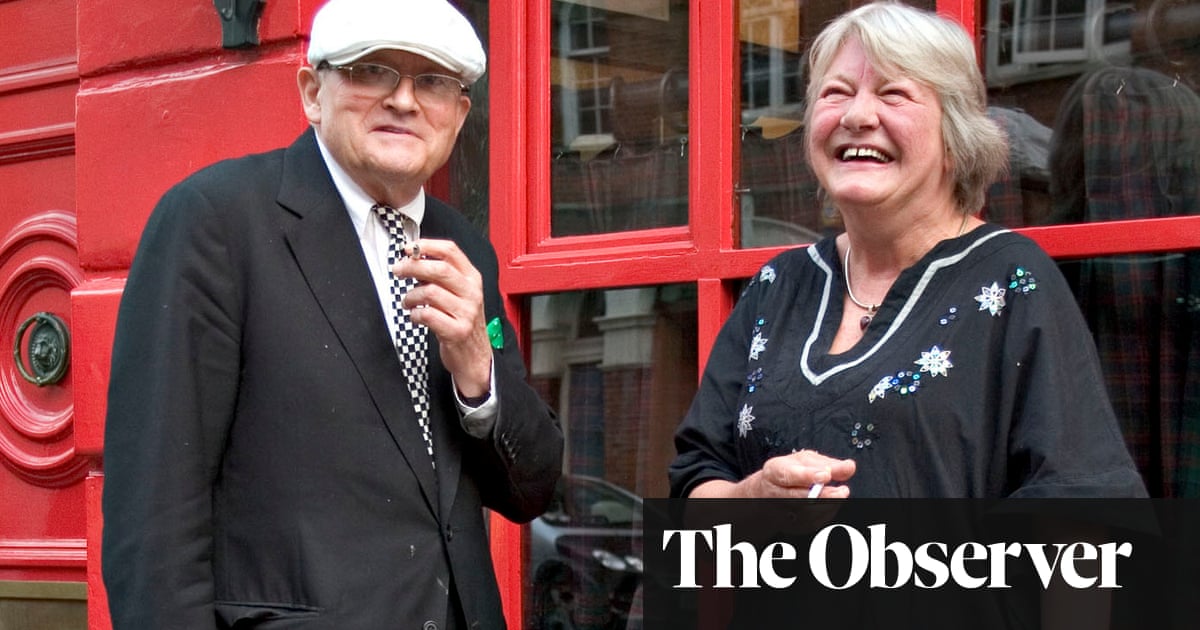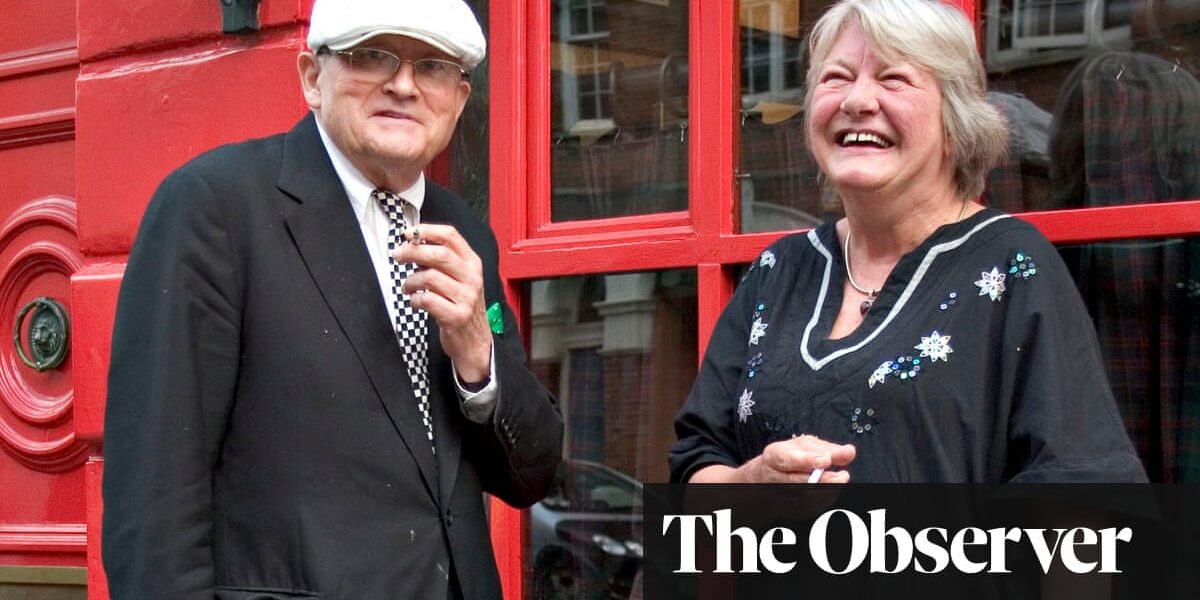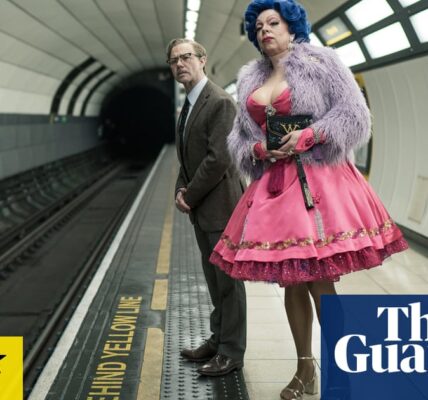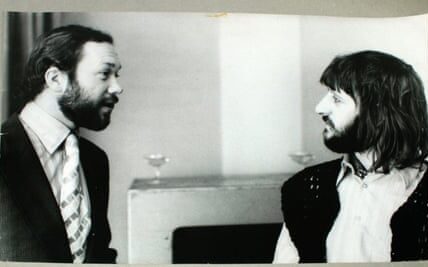A Little Art Education by Lynn Barber review – pocket portraits that are a breath of fresh air

Ernest Hemingway, who knew a lot of artists, said the essential gift for a writer was a bullshit detector, and Lynn Barber’s crackles and wows like a Geiger counter during her adventures in the art world. The author of An Education, which was made into a film starring Carey Mulligan, Barber is also Fleet Street’s deadeye interviewer, who has drawn a bead on painters from Salvador Dalí to Sir David Hockney and Tracey Emin. Of her encounters with the young British artists or YBAs, she says: “The last thing on Earth I wanted to hear was their theory of art or the sort of bollocks they put in art catalogues.” When she was a judge of the Turner prize in 2006, Barber praised one shortlisted finalist as a “beautiful colourist”, only to discover that this was a pant-wetting solecism as far as her fellow jurists were concerned: “beautiful is a despised word in artspeak”, she adds in mock self-reproach. Her relations with the Chapman brothers were strained after Barber dared to ask if there was a connection between the genetic mutations in their artworks and Dinos Chapman’s own “deformed” hands (he had arthritis). The brothers called her fascist, bourgeois and stupid. She eventually made up with Dinos’s brother, Jake, and reveals that he is planning to row the Atlantic. “I warmly hope he survives,” she says, making this pleasantry sound bracingly wintry.
With so much about the art scene likely to press Barber’s anti-BS buttons, you may wonder why she bothers to write about it at all. The answer is that she’s passionately fond of art and certain artists, as much as she is passionately unfond of others. “I hugely admire artists for their willingness to take risks and trust their whole future to their own creativity,” she says. “They have this consuming passion that will last them all their lives.” Not only that, but they throw the best parties.
after newsletter promotion
In a long career, including a distinguished stint on this newspaper, Barber made it a rule to interview an artist for every dozen or so showbiz types she was sent to meet. If you thought she had a low opinion of certain painters, wait until you hear her on the acting profession: “I enjoyed interviewing artists a million times more than actors.” That’s saying something, because Barber finds the sculptor Rachel Whiteread “arrogant”, the late painter Gillian Ayres “a difficult interviewee” and makes the then 67-year-old Howard Hodgkin burst into tears. And these are all artists she liked.
Art’s 1% move around the globe spritzed with flattery and hyperbole, and not all of them can resist it. Barber has no patience with any of that. She failed art O-level and has never studied the subject. She could have mugged it up from books, she admits, but prefers to see her ignorance as an asset. “With art, I can respond completely spontaneously – I like it, I don’t like it… we should always listen to our gut feelings.” Despite or perhaps because of this, Barber not only got the goods from some of the biggest names in art, but became friends with several of them too. She may be the last hack still working who effects an introduction with a packet of ciggies. It’s striking that many of her conquests have been partial to a gasper: Hockney, Maggi Hambling, Sarah Lucas.
Her portraits of the artists pick out details that others miss. She recounts an unlikely connection between Hockney and Nigel Farage: Barber saw them both at the same pro-smoking event. In a sensitive and affectionate study of Emin, she says that when the artist set her heart on moving into a desirable London square, she had an estate agent put notes through every letterbox encouraging the owners to sell up. It isn’t everyone who could include tales like that and expect to stay friends with Emin. This material might not be the stuff of artists’ monographs, but it will intrigue biographers, all the same.
A Little Art Education is a slim book, nicely packaged and illustrated, but poorly typeset. Much more seriously – in fact, downright bafflingly – none of Barber’s original interviews with the artists are reproduced. Readers will have to search for them online. Perhaps it’s to do with questions of space or rights, but the book only tells part of the story. It’s like having a ticket to an exhibition and finding nothing on the walls except eye-catching but empty frames.
Stephen Smith is a journalist and broadcaster
Source: theguardian.com




